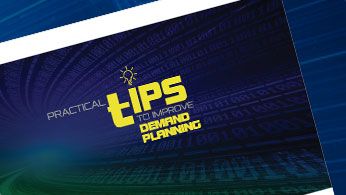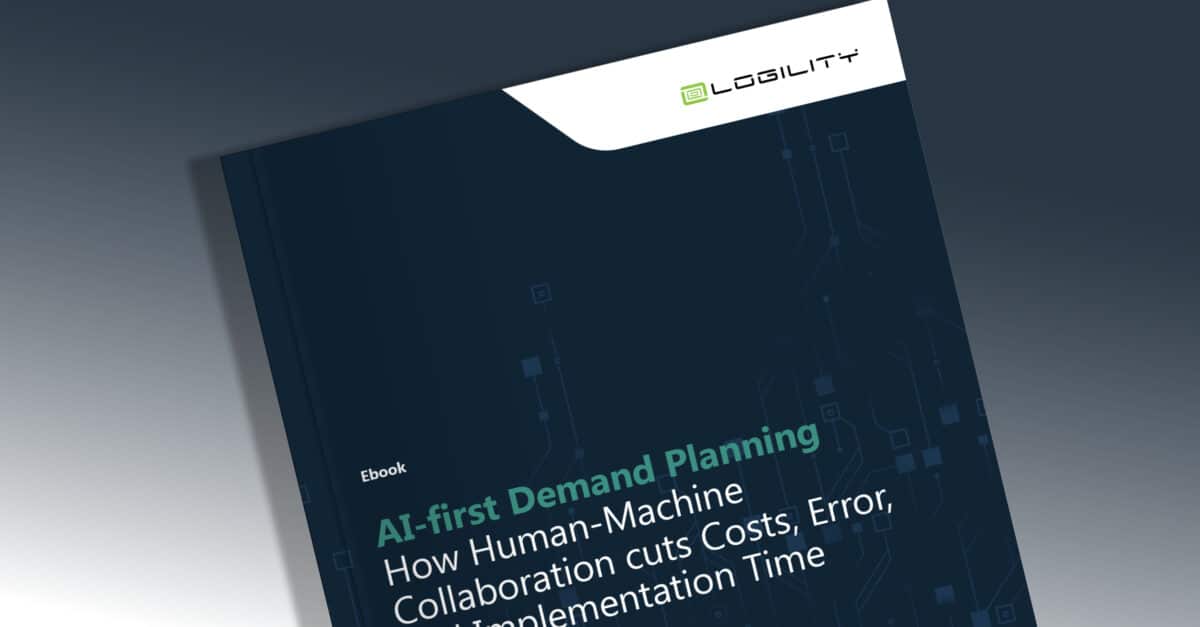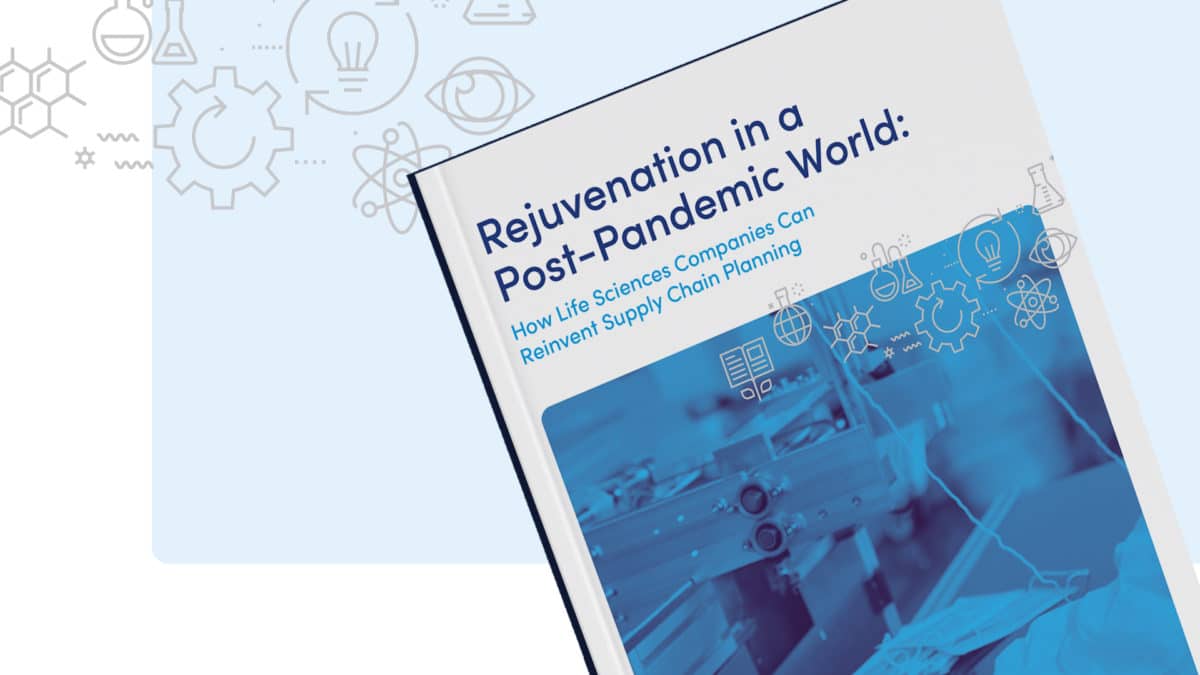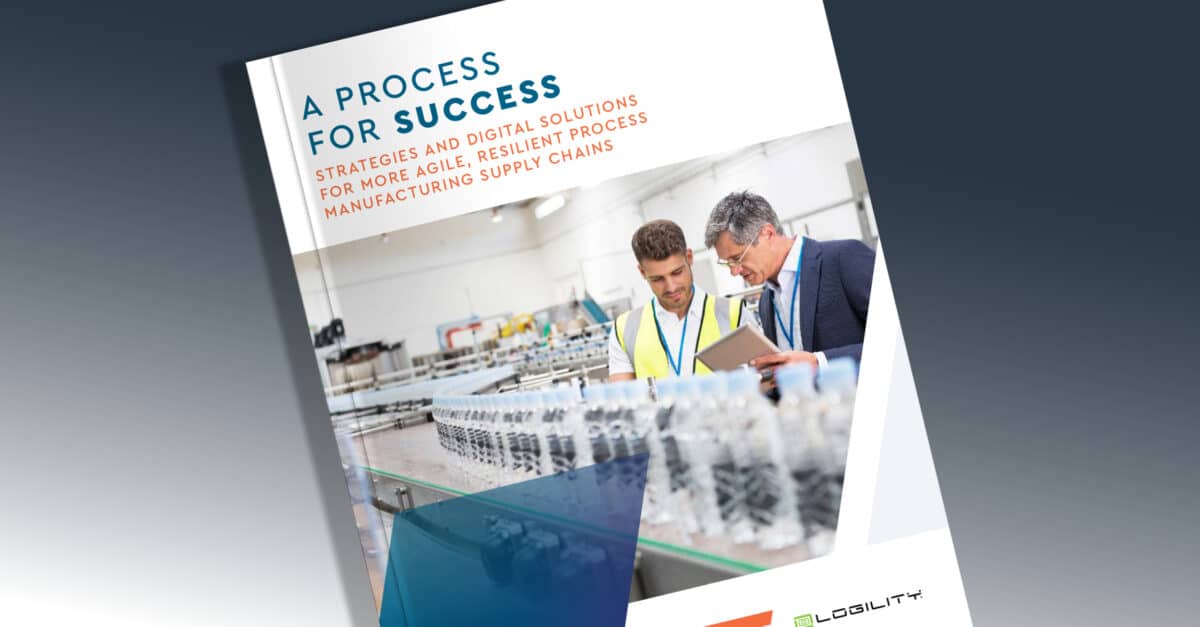Practical Tips to Improve Demand Planning

Description
Most executives agree that the ability to use demand planning software to generate an accurate forecast has a significant impact on long-term business success. The forecast directly affects an organization’s ability to satisfy customers, manage resources and grow the business cost effectively. An improvement in forecast accuracy—even just one percent—can have a ripple effect across the business including significantly reducing inventory buffers, obsolete products, expedited shipments, distribution center space, and non-value added work. In turn, these improvements can translate into higher customer fill rates, customer satisfaction and ultimately more revenue with higher margins.
Here’s one tip without even having to download the ebook: make sure your demand planning software can take you to the next level by using machine learning. The evolution to using artificial intelligence (AI) and self-learning algorithms to accelerate supply chain planning is inevitable. In fact, there are early examples of the potential of AI to improve both supply chain planner efficiencies and provide better or optimized supply chain decisions.
The question is, “Are we, as a profession, ready to embrace Machine Learning? If so, what does that mean and how do we get there?” One way to get started with Machine Learning is to look at your Demand Planning Software capabilities. For example, a “Best-Fit” forecasting algorithm automatically switches to the most appropriate forecasting method based on the latest demand information, ensuring you create the best forecast for every product at every stage of its life cycle. The algorithm evaluates forecast error each forecasting cycle and recommends or automatically selects the forecasting method that will produce the best forecast. “Best-Fit” forecasting is a basic form of Machine Learning.
This eBook, Practical Tips to Improve Demand Planning, provides sound advice to put your demand planning software to the best use for your company.


